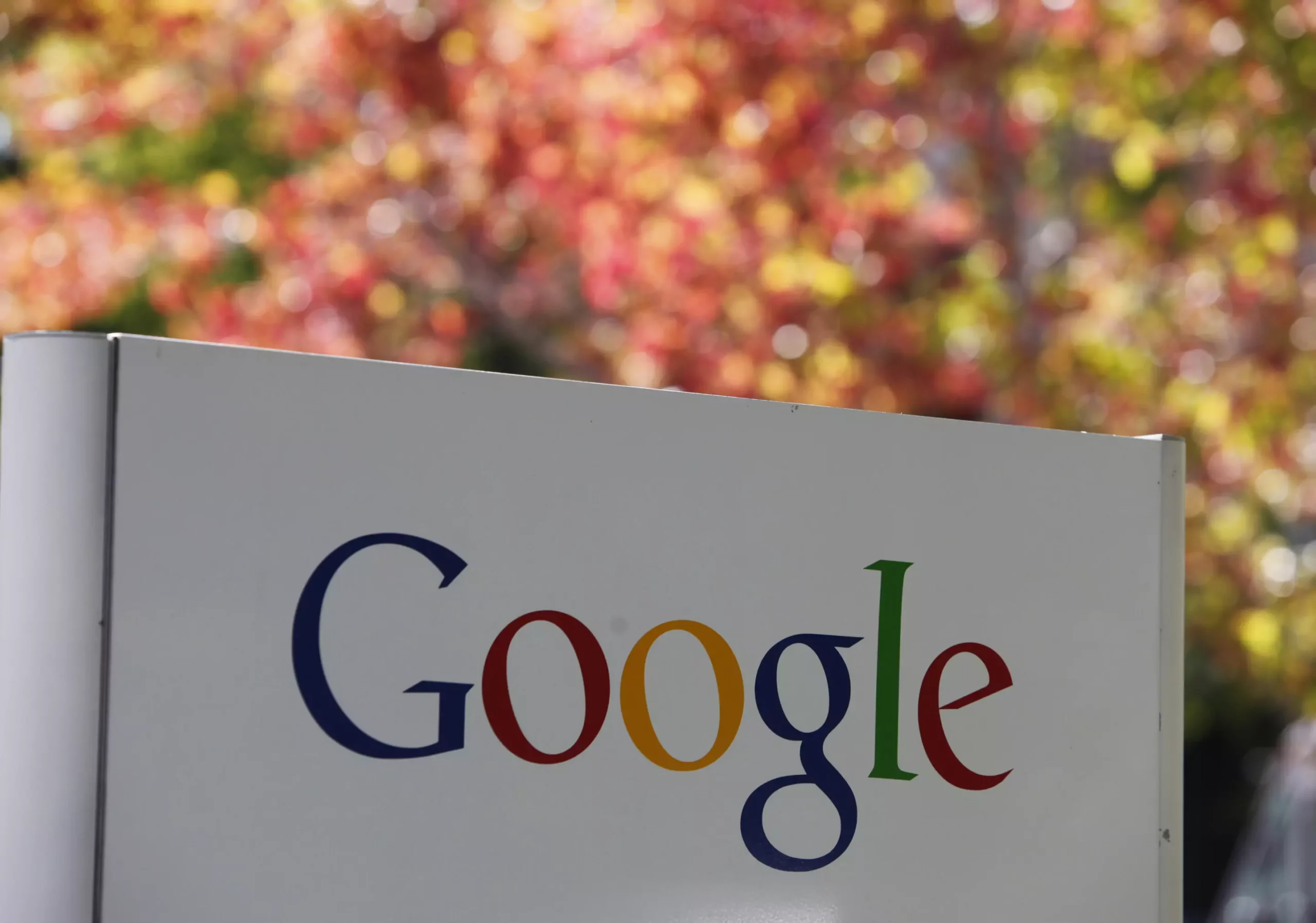In the split seconds it takes to navigate the internet, complex networks of algorithms and software are hard at work, shaping what consumers see on their screens. Digital advertising is no longer a random assortment of flashy banners promoting generic products; it has transformed into a highly sophisticated process where advertisements are tailored to individual interests. Google, a dominant player in this arena, is at the heart of this transformation, providing technologies that determine which ads are presented to which users — all while claiming to enhance the consumer experience. However, this power comes with significant regulatory scrutiny, as evidenced by the ongoing legal battles that question whether Google’s practices constitute an illegal monopoly.
At the center of the controversy is a case in federal court, where the U.S. Justice Department, backed by a coalition of states, argues that Google’s grip on the digital advertising market is unreasonably monopolistic. The trial aims to dissect the intricate workings of Google’s advertising technology stack and determine whether it suppresses competition. The government’s case relies on the assertion that Google’s control over the internet ad ecosystem is so extensive that it effectively stifles rivals, potentially depriving publishers of substantial revenue in the process.
The landscape of online advertising has witnessed rapid advancements over the past fifteen years. Gone are the days when users were bombarded with irrelevant ads, such as cheerful mortgage advertisements showcased to those seeking sports scores. Today’s algorithms are remarkably evolved, operating in real-time to analyze user behavior and preferences. Google promotes this evolution as beneficial, touting its billions of dollars invested in creating a smoother and more relevant promotional experience for consumers. Yet, buried within these advancements is a contentious auction process that some claim is rigged in Google’s favor.
An essential feature of the digital advertising framework involves auctions through which ad space is sold to advertisers. Evidence presented in the trial suggests that Google has implemented rules that benefit its own ad exchange, AdX. The process is structured so that when a publisher sets a minimum price for ad space, Google’s systems receive the first opportunity to purchase that space. If Google bids at that price, it wins by default, even if competing exchanges are willing to pay more. Critics—including experts and witnesses—contend that this system undercuts the essence of competitive bidding, limiting revenue generation opportunities for publishers.
Amid dissatisfaction with Google’s auction structure, publishers began to explore alternatives, leading to the emergence of “header bidding.” This method allows multiple advertisers to bid for ad space simultaneously, ostensibly increasing the potential revenue for publishers. Nevertheless, Google’s response to this challenge has been to leverage its extensive control over ad serving technology. Even if publishers opt for header bidding, if they use Google’s ad-serving platform, the result is that winning bids can still end up filtered back into Google’s ad exchange ecosystem. As a consequence, many publishers find themselves caught between the desire for competitive fairness and the necessity of participating in Google’s expansive advertising network.
Despite the charges laid against it, Google maintains that it has implemented changes since 2019, distancing itself from the alleged monopolistic practices. The company claims that its integrated platform fosters efficient ad placements while minimizing risks associated with fraudulent advertisements. Google argues that it was a pioneer in introducing real-time bidding technologies, which have revolutionized the way advertisers and consumers are matched. The result, according to Google, is that advertisers can better reach potential customers, thus enhancing the overall quality of ads displayed.
The stakes of the trial extend beyond Google, reflecting broader issues within the technology sector regarding antitrust regulations and monopolistic behaviors. With a recent ruling stating that Google’s search engine constitutes an illegal monopoly, the cumulative implications of these legal challenges could reshape competitive dynamics in digital advertising. The ongoing regulatory scrutiny emphasizes the precarious balance between innovation and fair market practices, illustrating the complexities inherent to one of the most lucrative industries on the Internet.
As the trial unfolds in Virginia, the outcome may not only affect Google but also set a significant precedent for how digital advertising is conducted in the future. Amidst the constantly evolving landscape, the critical examination of market practices reveals an ongoing tension between technological advancement and the preservation of competitive equity. For consumers, advertisers, and publishers alike, the determination of whether Google’s actions constitute an illegal monopoly may usher in a new era of digital advertising, characterized by heightened scrutiny and potentially new market dynamics. This saga poses fundamental questions about the function and fairness of one of technology’s most contentious spaces.

